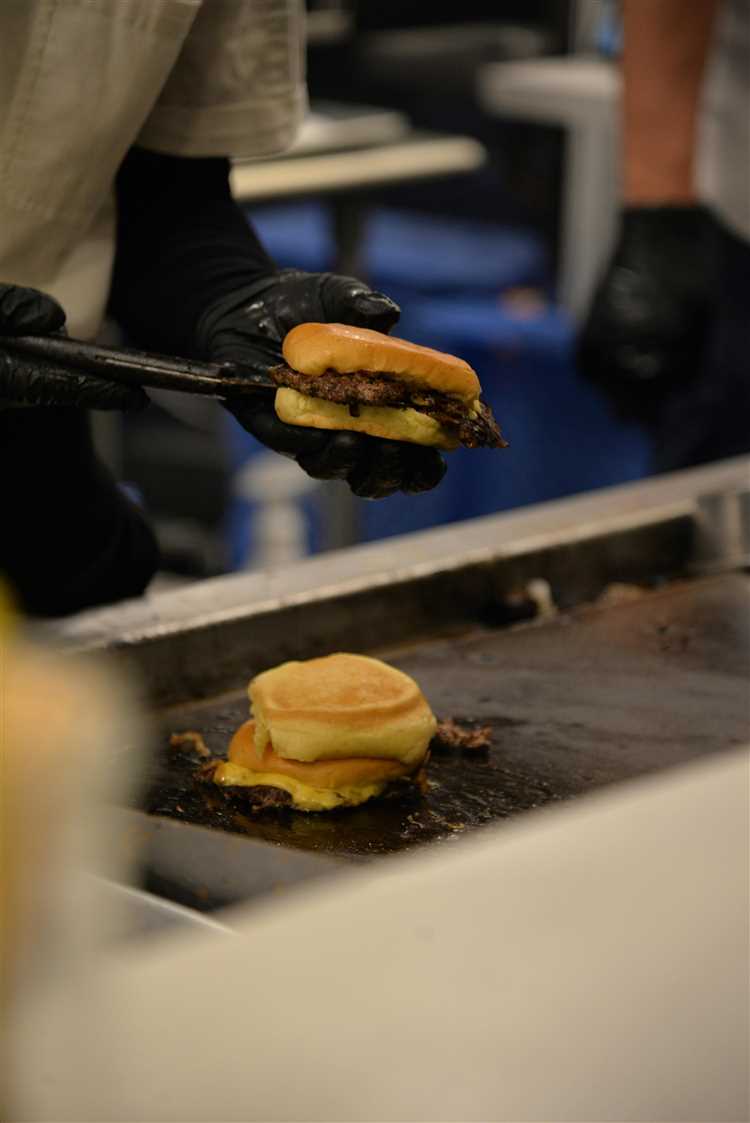
In today’s fast-paced world, many people are looking for quick and convenient options when it comes to health testing. Sexually transmitted diseases (STDs) are a significant concern, but the fear of long waiting times for test results often discourages individuals from seeking proper care. The demand for faster, more accessible STD testing has led to the development of several rapid testing methods.
When it comes to rapid STD testing, the most important factors to consider are how quickly you can get tested and how soon you’ll receive your results. Depending on the method used, some tests offer results within just 15 to 30 minutes, while others may take a few days. Understanding these timeframes is essential for anyone looking to get tested and find out their status without unnecessary delays.
In this article, we’ll explore the various options for quick STD testing, from at-home kits to clinic-based services, and discuss what you can expect in terms of speed, accuracy, and convenience. Knowing how quickly you can get tested can help you make informed decisions about your health and ensure peace of mind.
Understanding the Speed of STD Testing

STD tests are designed to provide accurate results as quickly as possible. Many tests, such as those for chlamydia and gonorrhea, can deliver results within 24 to 48 hours after a sample is collected. Rapid tests for HIV or syphilis often provide results in as little as 20 minutes, using blood or saliva samples.
The speed of testing depends on the type of test performed and the laboratory processing time. While rapid tests are typically available on-site, others may require sending samples to specialized laboratories, which can take a few days. Modern diagnostic methods aim to minimize delays while maintaining accuracy.
To ensure the fastest possible results, visit a clinic that offers same-day testing or rapid diagnostics. Early detection is crucial for effective treatment and preventing further spread.
Exploring Rapid Testing Techniques
Rapid testing techniques have revolutionized STD diagnostics, providing results within minutes for certain infections. These tests often utilize advanced methods like immunoassays or nucleic acid amplification to detect infections quickly and accurately.
Point-of-care tests, such as those for HIV and syphilis, are widely used in clinics and community health settings. They typically require a small blood or saliva sample and can deliver results in under 30 minutes. These methods eliminate the need for laboratory processing, making them highly convenient.
For infections like chlamydia or gonorrhea, molecular testing with same-day turnaround is increasingly accessible. These methods combine speed with precision, ensuring timely treatment and intervention.
Choosing a facility that specializes in rapid testing ensures both convenience and peace of mind, helping individuals take swift action if needed.
Factors Influencing Test Turnaround Time
Several factors affect how quickly STD test results are available. The type of test is a primary consideration. Rapid tests for infections like HIV or syphilis can provide results in minutes, while laboratory-based tests for chlamydia or gonorrhea may take 24 to 72 hours.
The availability of local laboratory facilities can also impact timing. Clinics with in-house labs often deliver results faster than those that rely on external processing. The clinic’s testing volume and the specific diagnostic methods used may introduce variability as well.
Another factor is the type of sample collected. Blood and saliva samples typically require less processing time compared to urine or swabs. Choosing a clinic with express or same-day testing options ensures faster turnaround, helping individuals act on their results promptly.
Home Testing vs. Clinical Options
Home STD testing provides a convenient and private way to check for infections. Kits typically include instructions for collecting samples like blood, saliva, or urine, which are then mailed to a laboratory. Results are usually available online within 2 to 5 days, depending on the provider.
Clinical testing, on the other hand, offers faster turnaround times for many infections. Clinics equipped with rapid tests can provide results for HIV or syphilis within minutes. Laboratory-based tests performed in clinical settings often have same-day or next-day availability for infections like chlamydia or gonorrhea.
While home testing is ideal for privacy and convenience, clinical testing ensures access to immediate medical consultation and follow-up care if needed. Both options are effective, but individuals seeking the quickest results may benefit more from clinical services.
Reliability of Quick STD Screenings

Quick STD screenings are designed to provide accurate and timely results, but their reliability can vary depending on the type of infection and test used. Rapid tests, particularly those for HIV and syphilis, have high sensitivity and specificity, ensuring dependable outcomes. However, some tests may have limitations in early infection detection.
The table below outlines the reliability of common quick STD tests:
For the most reliable results, follow testing guidelines and consult healthcare providers if there are concerns about accuracy or timing.
What to Anticipate from a Fast Test
Fast STD testing is designed to be simple and efficient. Here is what you can expect during the process:
- Initial Consultation: Many clinics offer a brief discussion with a healthcare provider to determine the most appropriate tests based on symptoms or exposure risks.
- Sample Collection: Depending on the test, you may need to provide a blood sample, urine sample, or swabs from affected areas. Rapid tests often use small blood or saliva samples.
- Testing Procedure: Rapid tests are typically performed on-site and take 20-30 minutes to complete. Laboratory-based tests may require additional time for processing.
- Receiving Results: For rapid tests, results are usually available during your visit. For lab tests, results may be delivered within 1-3 days, depending on the facility.
- Next Steps: If results are positive, the provider will discuss treatment options and any necessary follow-up care.
Fast testing is straightforward, ensuring quick and accurate results to support timely decision-making.
Pricing Factors for Rapid STD Testing
The cost of rapid STD testing can vary depending on several key factors:
Type of Test: Rapid tests for specific infections, like HIV or syphilis, are often less expensive than comprehensive panels that test for multiple STDs simultaneously.
Testing Facility: Costs may differ between private clinics, public health centers, and online services. Clinics specializing in same-day results often charge a premium for convenience.
Insurance Coverage: Many insurance plans cover some or all of the testing costs, especially if the test is deemed medically necessary. Out-of-pocket expenses are typically higher for those without insurance.
Geographic Location: Prices can vary depending on the region and local demand for testing services. Urban areas may offer more competitive rates compared to rural locations.
Add-On Services: Clinics offering additional benefits, such as immediate consultation or expedited lab processing, may include these in the overall cost.
To minimize expenses, individuals can compare prices at different facilities, inquire about insurance coverage, or seek low-cost options through public health programs.